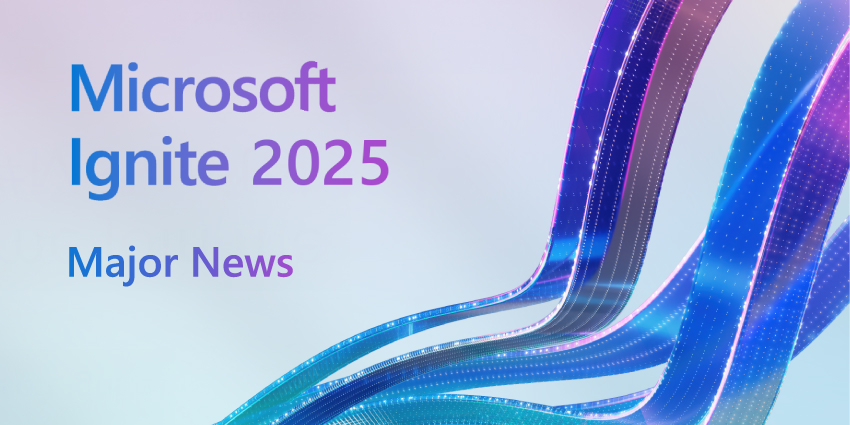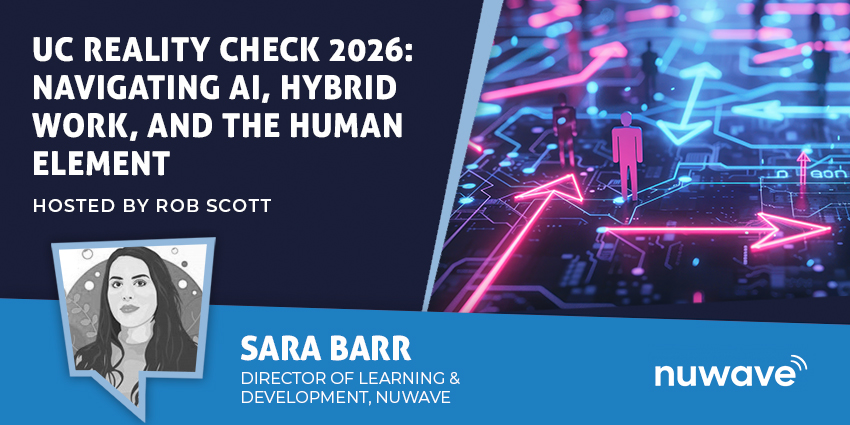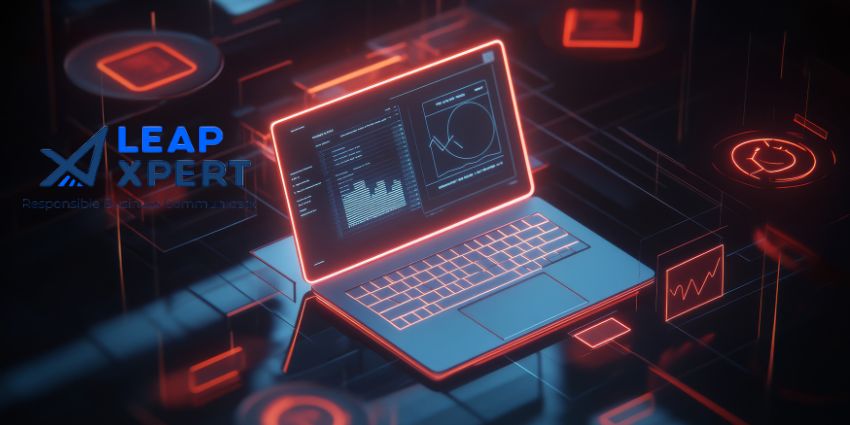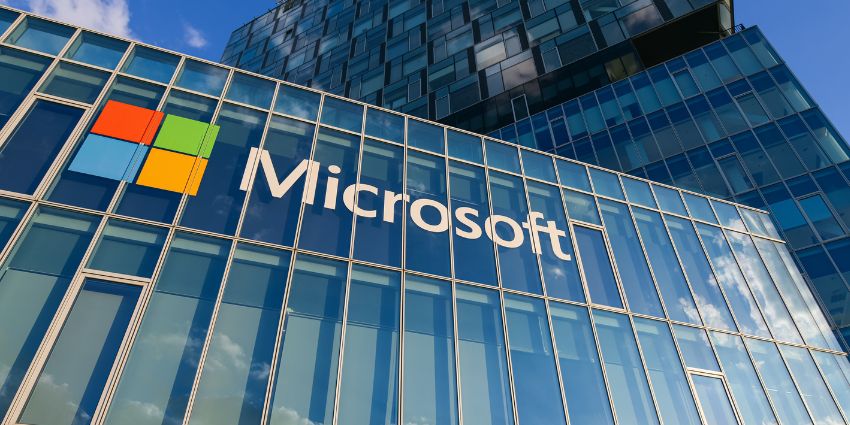At Microsoft Ignite 2025, the tech titan proved that a rising AI tide lifts all ships, as Teams received two major AI agent updates among other announcements.
The centerpiece feature introduces the ability for agents in Microsoft Teams channels to work seamlessly with third-party apps and agents through the Model Context Protocol (MCP).
Now available in preview, Teams agents can connect with popular enterprise platforms, including GitHub, Asana, and Atlassian’s Jira suite.
This development marks a significant step toward breaking down silos for workers using multiple platforms across their workflows.
- Microsoft Ignite 2025: Microsoft Targets Software Supply Chain Risk With End-to-End Security
- Microsoft Ignite 2025: The Rise of AI Agents and Copilot in Security, Identity, and Data
Breaking Down the Barriers: How Teams Agents Work with Third-Party Tools
The MCP is a communication framework that standardizes how AI systems share and integrate data from external sources.
This framework functions as a common language, allowing AI systems to easily understand and exchange information. In practice, different AI systems in a workflow can share data with agents running on Teams without manual intervention.
Practically speaking, a Teams channel agent can now act as an intelligent coordinator across an organization’s software ecosystem. For instance, a product launch team identifying potential roadblocks can ask the agent about blockers listed on other platforms—all without leaving the channel.
But this capability extends beyond simple data retrieval. It also allows agents to orchestrate complex, multi-step workflows that span multiple applications without requiring users to switch between platforms manually.
For example, not only can the agent identify what the blocker is, but it can also schedule a meeting for the team to resolve the issue.
Complementing this update, Microsoft also introduced the Teams Admin Agent, a specialized tool designed to streamline IT administrative tasks within the Teams admin center.
This agent, also in preview, can autonomously execute workflows such as meeting monitoring and user provisioning.
Together, these announcements signal Microsoft’s commitment to making Teams an intelligent orchestration layer that coordinates both human workers and AI agents to complete tasks.
Ending Data Silos: What This Means for Enterprise Teams
The integration of Teams agents with external applications through MCP addresses one of the most persistent challenges facing modern enterprises: data silos.
IBM has identified that the primary barrier holding back enterprise AI is not the technology itself but the persistent issue of data silos.
These isolated pockets of information—trapped in department-specific apps, legacy systems, or disconnected databases—limit the usefulness of enterprise AI, often requiring manual data entry or yielding incomplete results.
With MCP-enabled connections for Teams agents, staff no longer need to deal with those inefficiencies. Organizations can build cohesive, AI-powered processes that span the tools teams already use.
Although limitations remain, this new connection layer fundamentally changes how data can be accessed, analyzed, and applied. Instead of requiring a custom IT project every time, standardized protocols allow agents to act as connective tissue, bringing together insights from wherever they reside.
For example, a sales team facing a tight deadline can rely on a Teams agent to unify customer histories, recent support cases, contract details, and relevant case studies from different platforms. While the team focuses on strategy, their agent acts as a dynamic research partner—surfacing, synthesizing, and contextualizing information across the project.
A Competitive Advantage: Teams as the Enterprise AI Hub
These announcements position Microsoft Teams as more than just a collaboration platform. They point to a vision where Teams becomes the central nervous system for enterprise AI operations.
The ability to integrate seamlessly with other AI apps and agents could prove decisive for organizations seeking AI that works across their entire workflow. In an era where enterprises are investing heavily in AI, the key question is not just which tools to use, but how effectively those tools work together.
For enterprises, the appeal is clear: a single platform where human workers and AI agents collaborate, where information flows freely across traditional application boundaries, and where administrative overhead is reduced through intelligent automation. This consolidation offers powerful advantages over a fragmented approach, in which different teams rely on separate collaboration tools with incompatible AI capabilities.
The Teams Admin Agent reinforces this vision by reducing the administrative burden on IT teams. By automating repetitive tasks like user provisioning and meeting monitoring, and embedding security guardrails, IT can maintain consistent governance while focusing on strategic initiatives rather than daily maintenance.
While these features remain in preview and continue to be refined, the true test will come as enterprises deploy them at scale. For now, Microsoft has made its intentions clear: it aims to lead in enterprise AI collaboration by breaking down the longstanding data silos that have constrained organizational efficiency.
Catch up on all the news, updates, and analysis from this year’s Microsoft Ignite here.
You can find out more about all of the major CX announcements from Ignite 2025 by checking out our sister site CX Today.
Join the Conversation
Want to share how AI is reshaping human experience at work?
Join 2,000+ industry professionals in our UC Today LinkedIn Community
Subscribe to our newsletter for weekly insights on UC, AI, and the evolving workplace.







